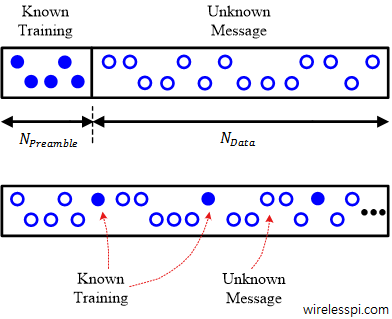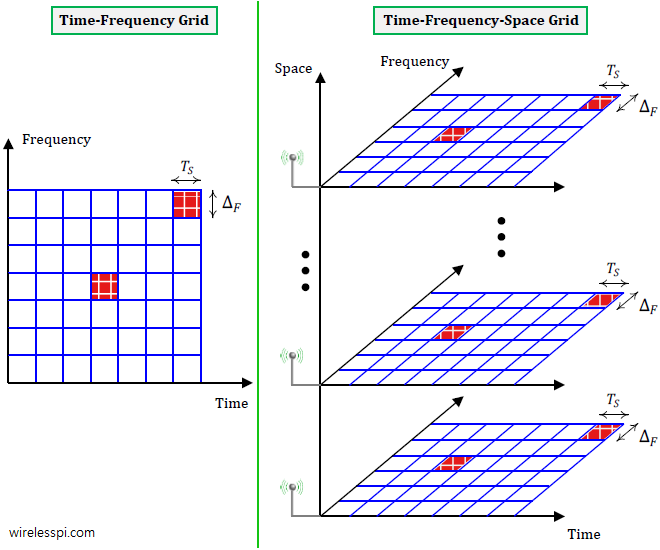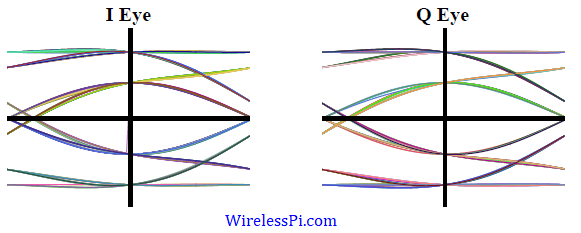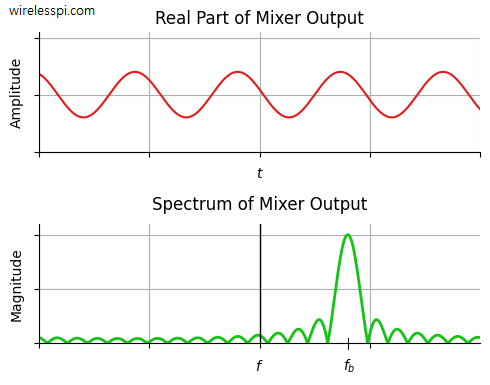Machine learning is probably the defining technology of the past decade. As with all walks of life, it is playing an increasingly significant role in existing and future wireless networks. In this article, we explore the big picture of this exciting field. Nature vs Man Humans have always been interested in the workings of a mind, replicated by machines in many science fiction stories. During their investigations on Artificial Intelligence (AI, of which machine learning is a subset), many scientists observed that the machines need not copy the exact brain but a functional level performance is good enough that can
Continue reading



